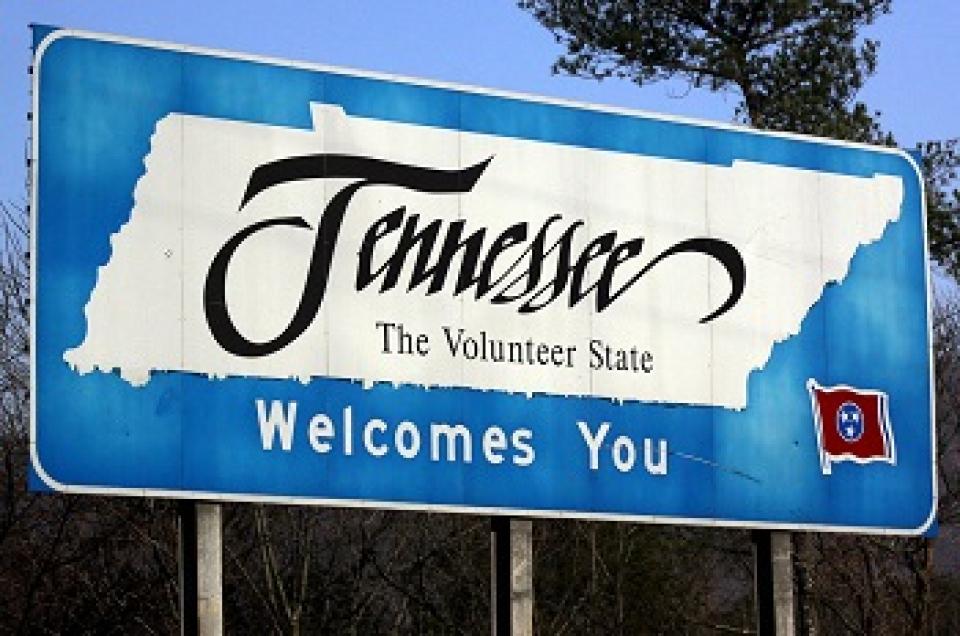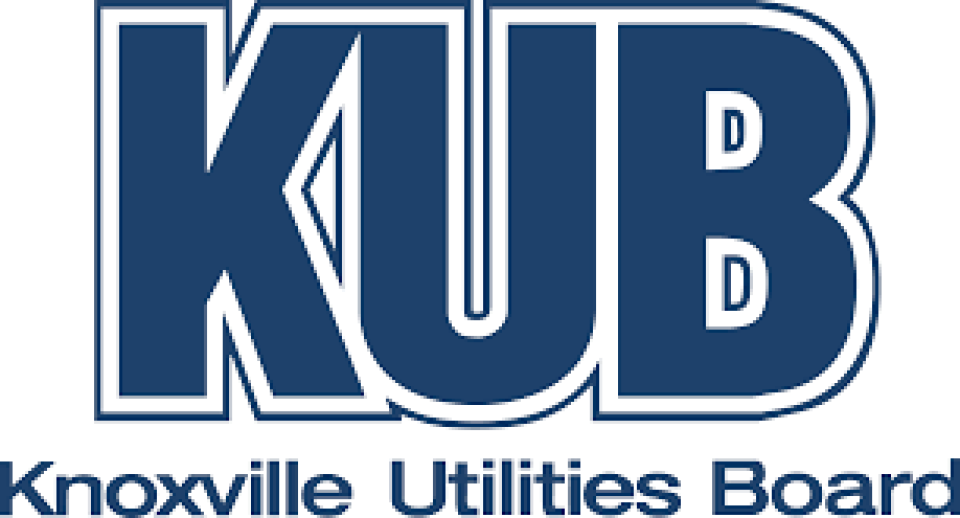
Tennessee cooperatives and utilities came out at the top of the heap in the latest round of awards from the Tennessee Emergency Broadband Fund, netting nearly half of all money awarded for the expansion of more affordable broadband statewide.
The Tennessee Department of Economic and Community Development (TNECD) awarded $446.8 million to 36 applicants, who are now tasked with deploying improved broadband service to 150,000 unserved homes and businesses across 58 Tennessee counties. All told, TNECD said that 218 applicants applied for a total of $1.2 billion in broadband funding.
Of the $446.8 million in awards, utilities and cooperatives walked away with $204.4 million.
Major awards to utilities included Lexington Electric System ($27.5 million), Bledsoe Telephone Cooperative ($17.7 million), Greeneville Energy Authority ($8.2 million), Knoxville Utilities Board (KUB) ($15.2 million), Board of Public Utilities of the City of Fayetteville ($23.9 million), and Cumberland Electric Membership Corporation ($17.5 million).
“This is great news for our community,” Gabriel J. Bolas, President & CEO of KUB, said in a statement provided to ILSR. “We have known for some time that there is a need for reliable internet in Union, Grainger, Sevier, and Jefferson Counties, and this announcement proves there is a broad and concerted commitment to address their needs soon.”
Grants for Regional Telecom Giants Part of the Mix
Regional telecom giants and local monopolies were also well represented by the state’s latest broadband funding round.
Though it had applied for more than $35 million in funding, Charter Communications was awarded $20.4 million to reach parts of six counties. Comcast received $2.2 million to improve connectivity in Anderson, Hamilton and Knox counties.
TDS Telecom, which goes by the brand name Tellico Telephone Company in Tennessee, was awarded $13 million to improve broadband access in parts of Monroe County, while AT&T received half a million dollars to expand service in Dickson County.

State leaders indicate that grantees will provide $331 million in matching funds to complete these projects for a combined investment of $778 million in new broadband infrastructure projects across the state. All of the projects must be completed within three years.
The program guidelines state that an additional $100 million has been set aside for a broadband adoption and affordability program to be revealed at a later date. TNECD says it has awarded nearly $120 million in broadband grants through state and federal funding to serve more than 140,000 Tennessee households since 2018.
The Tennessee Emergency Broadband Fund was made possible by the American Rescue Plan, which numerous Tennessee politicians, including Senator Marsha Blackburn, Rep. Tim Burchett, Rep. Scott DesJarlais, Rep. John Rose, and Rep. Mark Green all voted against.
While the federal government encourages participants to meet the now industry consensus (but not yet official) broadband definition of 100 Megabit per second (Mbps) downstream and 20 Mbps upstream, much of the funding will still be going to fund broadband services adhering to the FCC’s dated definition of broadband: currently 25 Mbps downstream, 3 Mbps upstream.
Cooperatives and Utilities Continue to Lead the Disruption Charge
As ILSR has routinely noted, cooperatives and utilities are increasingly playing a significant role in disrupting telecom monopoly domination in numerous states. Though their benefits are most notable in states like North Dakota, where an alliance of cooperatives have helped deliver some of the most affordable and widely deployed fiber broadband networks in the nation.
From Chattanooga to the Southeastern corner of Maine, utilities often deliver the kind of affordable, widespread fiber regional monopolies often aren’t willing to embrace. Chattanooga—and the estimated $2.69 billion return on investment seen by the project so far—has been a source of inspiration to utilities and underserved communities country wide.

That’s particularly true in Knoxville, Tennessee, where the city-owned utility is cooking up its own plans to expand into broadband. Last year we noted how the city-owned Knoxville Utilities Board had approved a plan to expand into broadband access via a citywide fiber network.
“With this grant, KUB Fiber will be available in areas that have previously been without reliable high speed Internet service sooner than originally expected,” KUB officials told ILSR.
The utility currently provides electricity services to 473,000 customers in Knoxville and parts of seven surrounding counties. The broadband expansion will cost $702 million and take 7 to 10 years to complete, delivering fiber to 210,000 households across KUB’s 688-square-mile service area.
KUB officials tell ILSR their municipal broadband effort is on schedule to launch this fall, and will be available to approximately 30,000 customers in its first phase. Once completed, the effort is slated to be the largest municipal network in the nation.

“We will have a revised construction timeline accounting for this funding soon, which will allow us to provide our customers with a full view of when and where KUB Fiber will be available,” the officials stated.
A 2020 Broadband Deployment Report published by the Federal Communications Commission (FCC), indicates that one in six rural Tennesseans lacks access to broadband (unreliable FCC maps means the reality on the ground is likely worse). The state’s own website also notes that Tennessee is ranked 29th in the country for broadband access.
Preemption Laws Still on the Books in Tennessee
As with many regions of the country, much of the Tennessee broadband market is heavily dominated by regional monopolies like Comcast (operating under the brand Xfinity), Charter Communications (which operates under the brand Spectrum), and AT&T. All three companies hold massive sway over the state legislature.
This monopolization of an essential service routinely results in inconsistent deployment, high prices, and statistically terrible customer satisfaction and service. Though Tennessee state leaders weren’t keen on highlighting it, the awards reflect how cooperatives, utilities, and municipalities are often a growing, organic response to market failure.
“People are moving to Tennessee from across the nation in record numbers, and we have an obligation to prepare our state for continued growth,” Tennessee Governor Bill Lee said of the awards. “Our strategic investments in broadband infrastructure will ensure our rural communities are connected and have every opportunity to thrive.”
While the 2021 Tennessee Broadband Accessibility Act provided telecoms a $15 million tax break and established a $30 million Broadband Accessibility Grant Program, it also effectively treated utility-based broadband as a threat, doubling down on restrictions preventing electric cooperatives from using electric system assets to subsidize broadband services.
Tennessee is one of 17 states with state preemption laws, heavily lobbied for by regional telecom monopolies, that restrict competition and consumer choice. In part by blocking utilities from expanding broadband access outside of their existing utility footprint. Efforts to reverse these heavy-handed restrictions have routinely been derailed by telecom industry lobbying.
So while Tennessee is doing a lot right in terms of ensuring that cooperatives and utilities get their fair share of federal funding, the state as a whole still clings to dated policy choices largely made by giant regional telecoms, eager to use their state-level political influence to protect long standing monopoly power.
Header image of Knoxville Sunsphere courtesy of Wikimedia Commons, Attribution-ShareAlike 2.0 Generic (CC BY-SA 2.0)
Inline image of Welcome to Tennessee sign courtesy of Flickr user Brent Moore, Attribution-NonCommercial 2.0 Generic (CC BY-NC 2.0)
Inline image of downtown Knoxville at night courtesy of Brian Stansberry via Wikimedia Commons, Attribution 2.0 Generic (CC BY 2.0)







